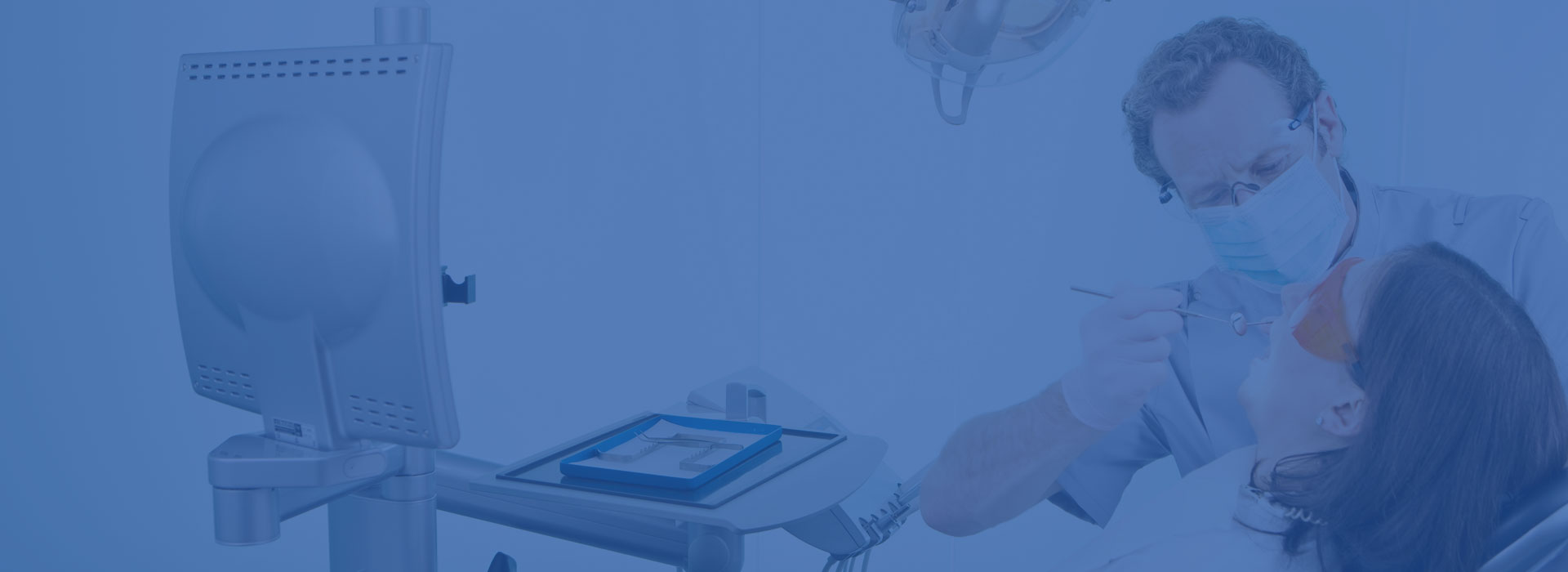- English
- Español
- Português
- русский
- Français
- 日本語
- Deutsch
- tiếng Việt
- Italiano
- Nederlands
- ภาษาไทย
- Polski
- 한국어
- Svenska
- magyar
- Malay
- বাংলা ভাষার
- Dansk
- Suomi
- हिन्दी
- Pilipino
- Türkçe
- Gaeilge
- العربية
- Indonesia
- Norsk
- تمل
- český
- ελληνικά
- український
- Javanese
- فارسی
- தமிழ்
- తెలుగు
- नेपाली
- Burmese
- български
- ລາວ
- Latine
- Қазақша
- Euskal
- Azərbaycan
- Slovenský jazyk
- Македонски
- Lietuvos
- Eesti Keel
- Română
- Slovenski
- मराठी
- Srpski језик
A Guide to Dental Disinfection and Sterilization Equipment
2024-04-25
Maintaining a sterile environment is paramount in dentistry. To prevent the spread of infection and ensure patient safety, dental professionals rely on a suite of specialized dental disinfection and sterilization equipment. This equipment plays a critical role in the dental practice, safeguarding both patients and staff from harmful pathogens.
Understanding Disinfection vs. Sterilization:
It's important to distinguish between disinfection and sterilization when discussing dental disinfection and sterilization equipment. Disinfection reduces the number of microorganisms on a surface or object, but doesn't necessarily eliminate all of them. Sterilization, on the other hand, completely destroys all microorganisms, including spores, bacteria, and viruses.
The Arsenal of Dental Disinfection and Sterilization Equipment:
Dental practices utilize a variety of dental disinfection and sterilization equipment to address different needs:
Autoclaves: These workhorses of sterilization are essentially pressure cookers for dental instruments. They use high-pressure steam to achieve complete sterilization, making them ideal for critical instruments that penetrate soft tissue or bone.
Ultrasonic Cleaners: These devices utilize high-frequency sound waves to remove debris, biofilm, and contaminants from instruments before sterilization. They are particularly effective for reaching into the intricate crevices of instruments.
Chemical Disinfectants: While not a substitute for sterilization, chemical disinfectants are used on surfaces and non-critical items that don't require high-level sterilization. They play a crucial role in routine disinfection throughout the dental practice.
Heat Sealers and Sterilization Pouches: These tools work together to ensure the sterility of instruments after processing. Instruments are placed in sterilization pouches, which are then heat-sealed to maintain sterility until the point of use.
Dental Unit Water Lines: Maintaining clean water lines within the dental unit is essential. Specialized dental disinfection and sterilization equipment can be integrated into these systems to prevent the growth of bacteria within the waterlines.
Choosing the Right Equipment:
The selection of dental disinfection and sterilization equipment depends on various factors, such as the size of the practice, the types of procedures performed, and budget considerations. However, all dental practices must adhere to strict guidelines set forth by regulatory agencies to ensure proper infection control practices.
Beyond the Equipment:
While dental disinfection and sterilization equipment is vital, it's just one piece of the puzzle. Proper protocols for cleaning, disinfecting, and sterilizing instruments and maintaining the dental environment are equally important. Dental professionals undergo rigorous training to ensure they handle equipment and materials safely and effectively.
Conclusion:
Dental disinfection and sterilization equipment plays an essential role in protecting patients and staff in the dental setting. By understanding the different types of equipment and their applications, dental professionals can confidently maintain a safe and sterile environment for optimal patient care.




